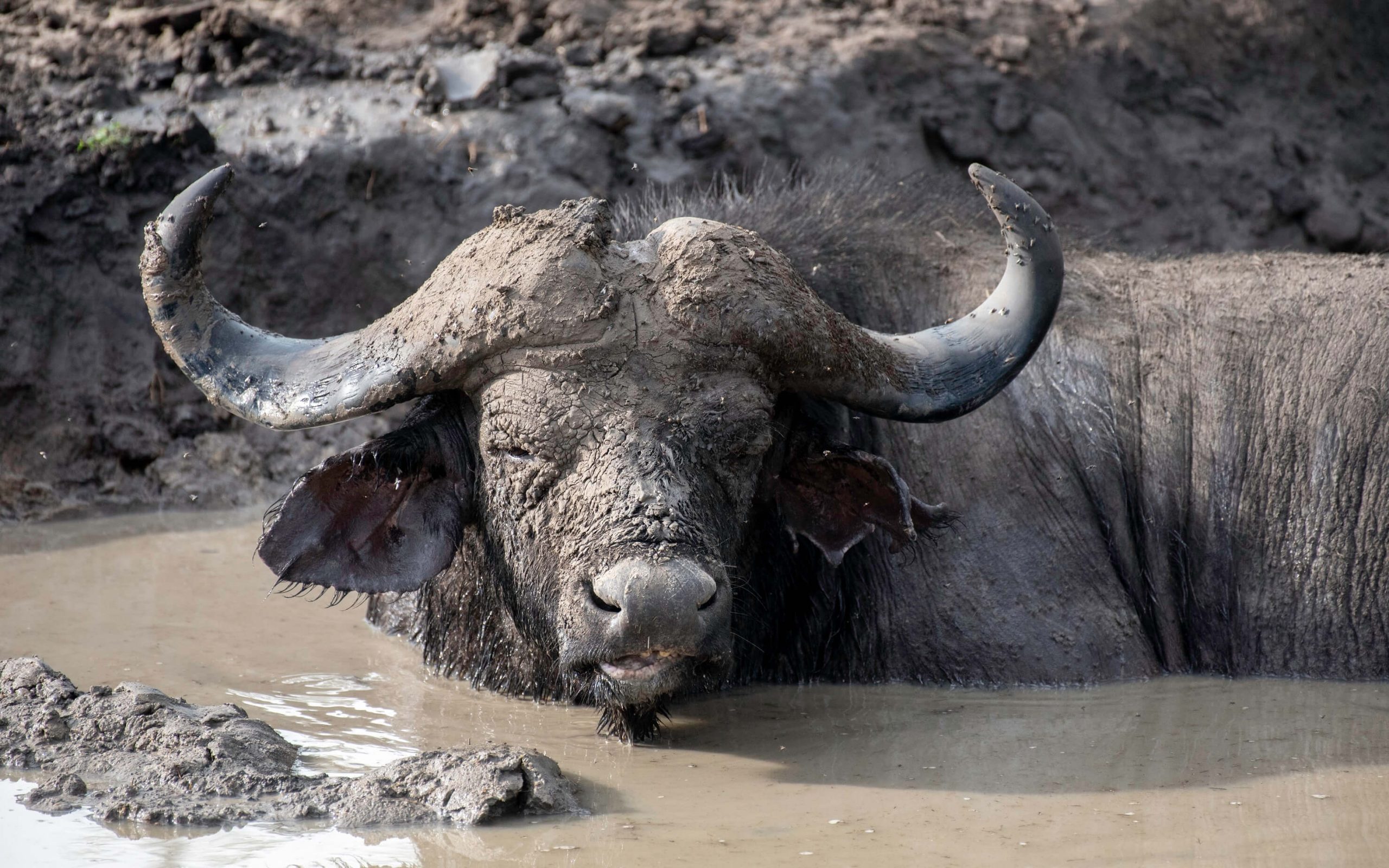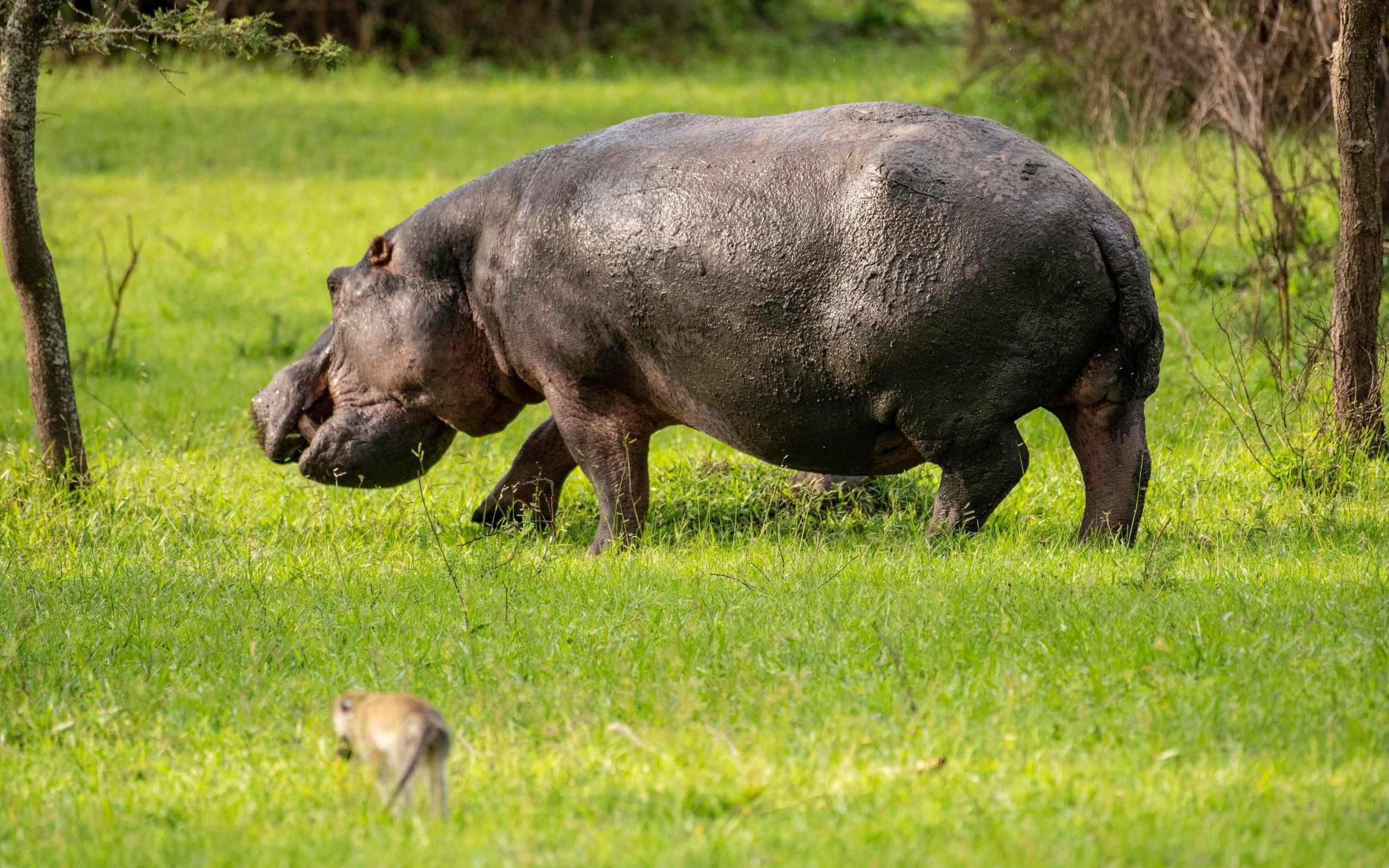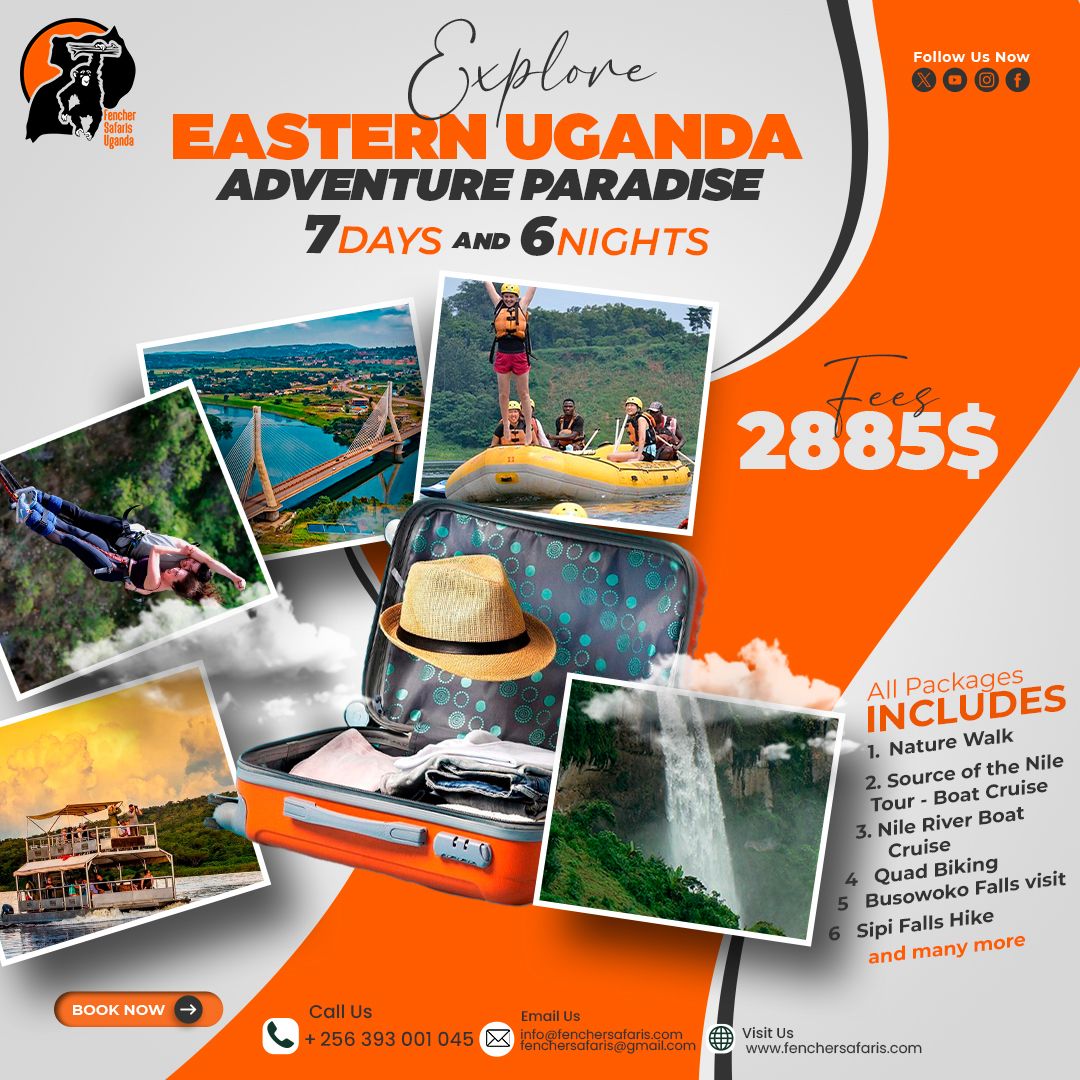South-Western Uganda, situated along the highway between Kampala and Western Uganda.
Lake Mburo National Park
Camp
Lake Mburo National Park is Uganda’s smallest savannah park. Despite its size, it is packed with wildlife and offers unique safari activities. The park is a key stopover for travelers heading to or from Western Uganda’s gorilla parks. It is covered by a mosaic of habitats: dry hillsides, rocky outcrops, woodland, and a system of 13 lakes linked by a swamp, of which five lie within the park’s borders. Lake Mburo is the only park in Uganda where you can easily see the endemic Impala (from which Kampala gets its name) and the highest population of Burchell’s Zebras.
South-Western Uganda, situated along the highway between Kampala and Western Uganda.
Yes, a Uganda Tourist Visa is required for most international travelers.
English, Swahili, and local languages (Runyankole).
370 km² of rolling hills, acacia woodland, and extensive wetlands.
Top Activities & Experiences
- Walking Safaris: Get up close to wildlife on a guided walk, which is permitted in any part of the park with a ranger.
- Horseback Safaris: An exciting and unique way to view game, offering a silent approach to animals like zebras and elands.
- Boat Cruise: Glide on Lake Mburo to see hippos, crocodiles, and a large variety of water birds, including the elusive African Finfoot.
- Game Drives: Spot herds of Burchell’s Zebras, Impalas, Elands, Topi, and Buffalos.
- Night Game Drives: Search for nocturnal animals like leopards, spotted hyenas, and bush babies.
Best Time to Visit
- Dry Season (Jun–Aug & Dec–Feb): Best for game viewing. Animals gather around the lake and permanent water sources, making sightings easier.
- Wet Season (Mar–May & Sep–Nov): The landscape is lush and green. Ideal for birdwatching, as migratory birds are present.
History & Untold Stories
The park’s history is closely tied to the local Bahima (Ankole) people, who are pastoralists. The park was first gazetted as a controlled hunting area in 1933 and became a national park in 1983. Historically, the area was part of a major grazing ground. The park’s ecosystem is managed partly by the presence of cattle from surrounding ranches, which often graze within the park borders, showcasing a rare example of human-wildlife co-existence. The absence of elephants in the park has allowed the acacia woodland to become dense, creating the unique ‘bush-savannah’ habitat.
Travel Tips
- Accessibility: It’s the most accessible park in Uganda, located just 3-4 hours from Kampala.
- Unique Wildlife: It is the only place in Uganda where you can see Impala and the best place to see Eland and Klipspringer.
- Safety: While safe for walking, note that hippos and crocodiles are present in the lake, so swimming is not advised.
- Cultural Experience: Visit the nearby Sanga community to learn about the Bahima culture and their iconic, long-horned Ankole cattle.
Lake Mburo National Park is a refreshing, intimate safari destination. It is the perfect place for travelers seeking a break from traditional vehicle-based game drives. The opportunity for walking and horseback safaris gives a rare and deep connection to the African wilderness.
Our knowledge of Lake Mburo is based on direct experience with its unique non-motorized activities. We partner with specialized lodges and local rangers to offer the safest and most immersive walking and horseback safaris in Uganda.






















